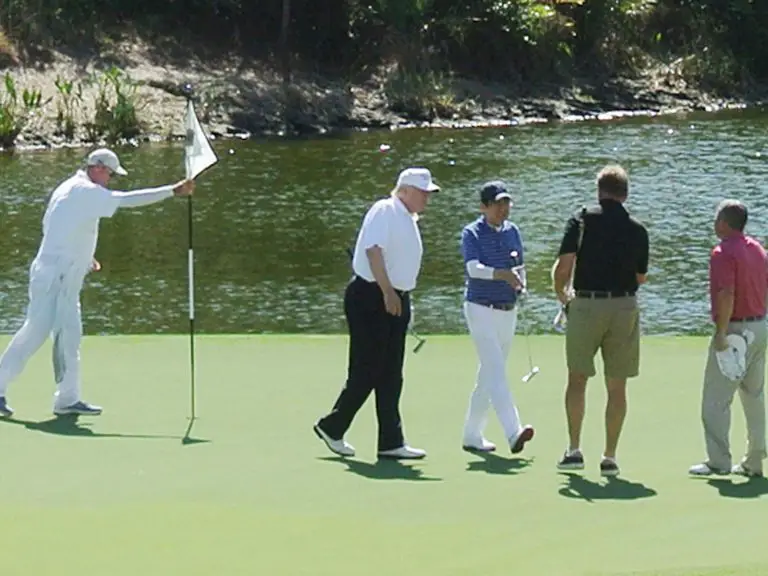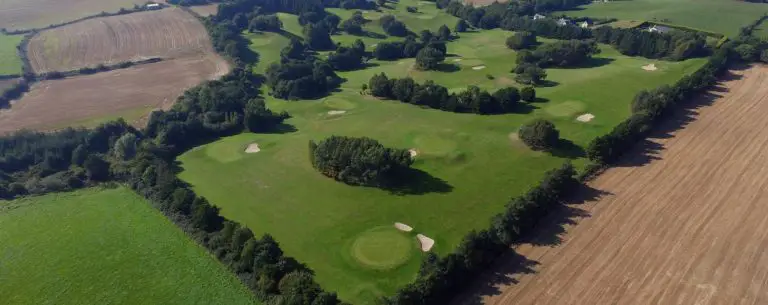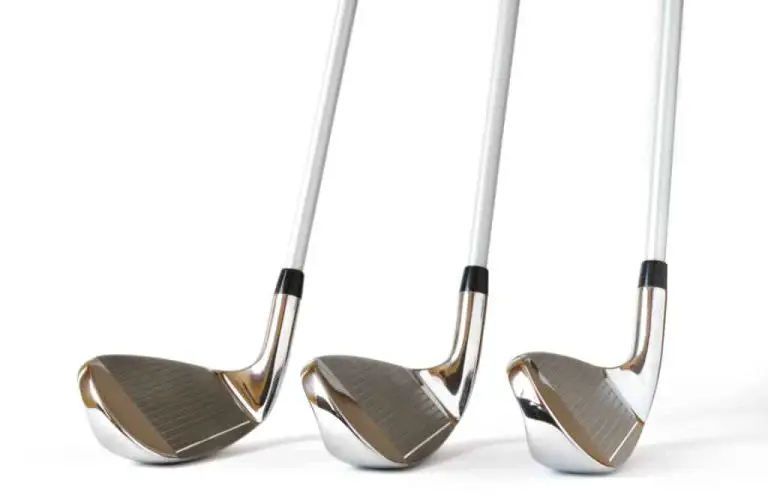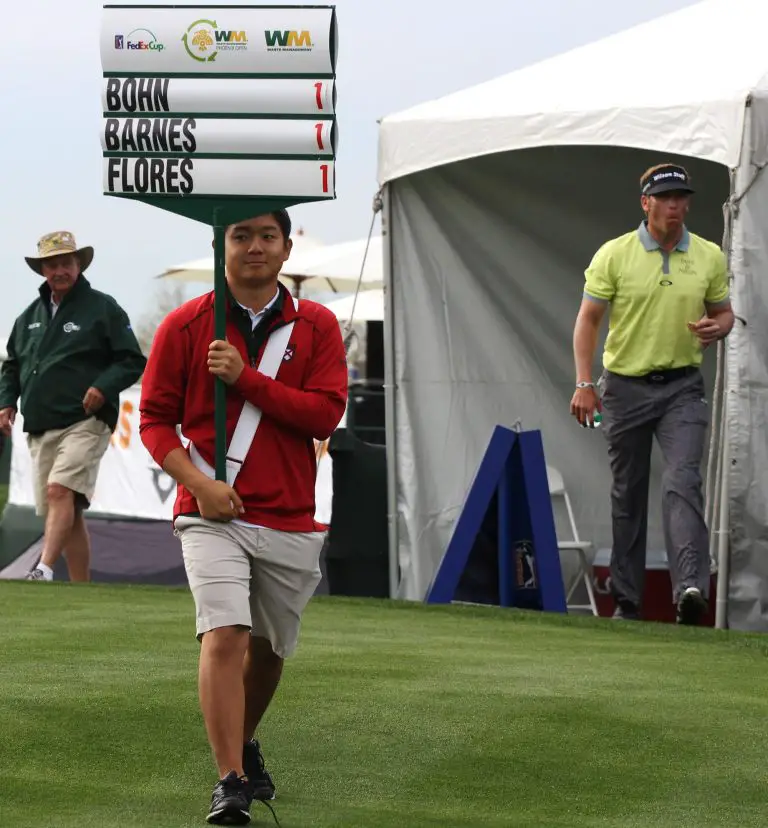Slice Driver But Not Irons
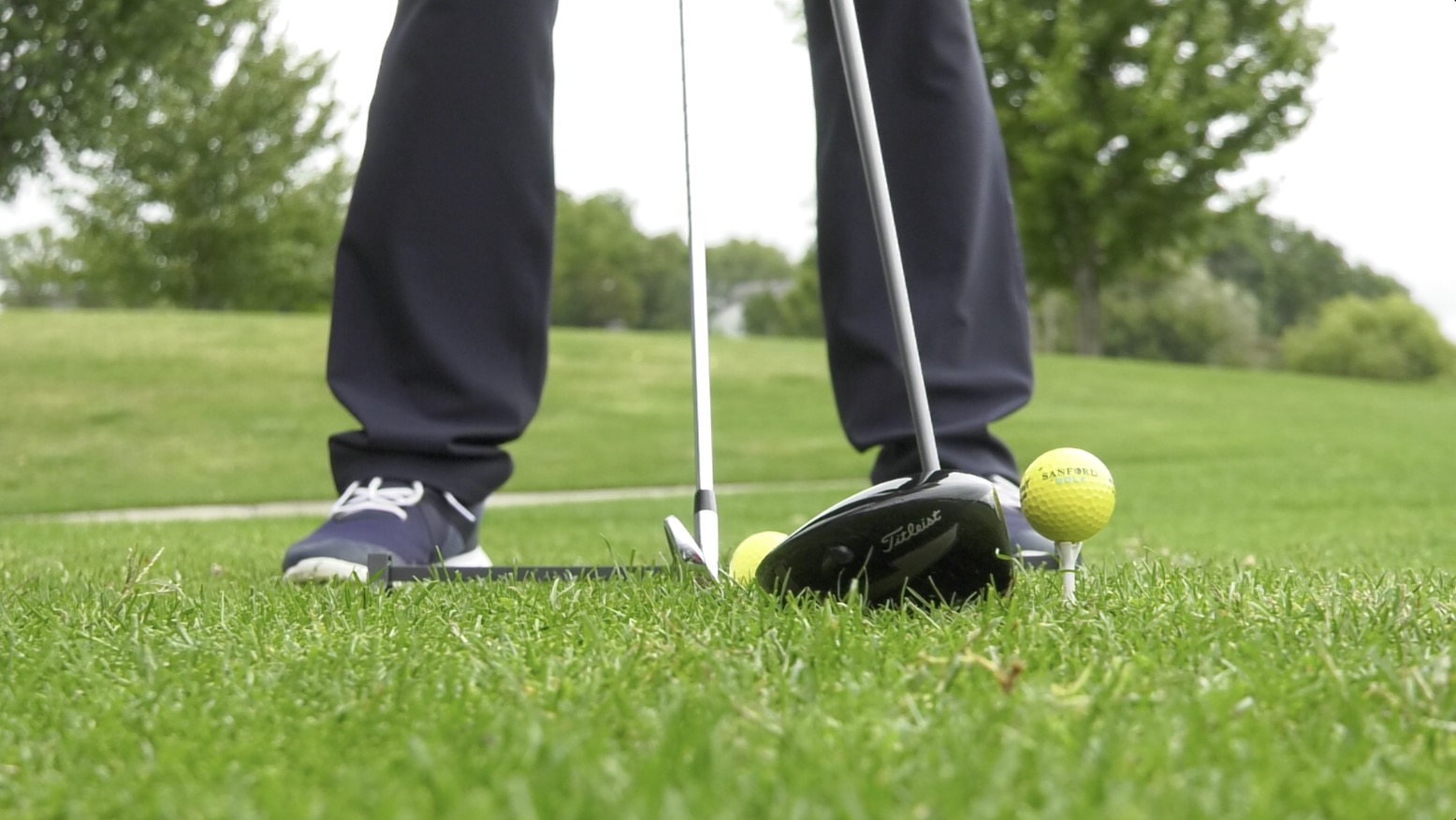
The dreaded slice is a common frustration for many golfers, resulting in shots that curve dramatically off-target. Interestingly, some golfers find themselves slicing their driver shots while maintaining a relatively straight ball flight with their irons. This peculiar phenomenon raises the question: why does the slice occur with the driver but not with irons?
In this comprehensive guide, we will delve into the intricacies of the slice, exploring the factors that contribute to its occurrence specifically with the driver. We will also uncover the reasons behind the contrast between slicing the driver and hitting straight iron shots. Understanding these distinctions is crucial for improving your game and finding solutions to overcome the slice with the driver while preserving your iron play.
Throughout this article, we will explore the common causes of a slice with the driver, such as clubface alignment, swing path, grip, and body mechanics. We will also provide practical strategies and tips to help you correct your slice and achieve more accurate and controlled drives. Additionally, we will discuss the unique characteristics of iron shots that contribute to their relative lack of slicing.
Whether you’re a beginner looking to understand the fundamentals or an experienced golfer seeking to fine-tune your game, this guide will provide you with valuable insights and actionable advice to address the slice with the driver while maintaining consistency with your irons. Let’s dive in and unravel the mystery of the slice driver but not irons.

What causes a slice with the driver?
Incorrect clubface alignment at impact
One of the primary culprits behind a slice with the driver is an incorrect clubface alignment at the moment of impact. When the clubface is open relative to the target line, it imparts sidespin on the ball, leading to a slice. This misalignment can occur due to various factors, such as improper grip or a faulty setup.
Out-to-in swing path
Another common factor contributing to a slice is an out-to-in swing path. This means that the club approaches the ball from outside the target line and cuts across it during impact. The out-to-in swing path exacerbates the sidespin on the ball, resulting in a slice.
Weak grip or grip pressure issues
The grip plays a crucial role in controlling the clubface during the swing. A weak grip, where the hands are rotated too far to the left (for right-handed golfers), can lead to an open clubface at impact and a subsequent slice. Grip pressure is also essential; gripping the club too tightly can restrict the natural release of the club, contributing to a slice.
Improper weight transfer and body positioning
Inadequate weight transfer and improper body positioning can also contribute to a slice. If your weight remains on the back foot during the downswing or your upper body leans away from the target, it can promote an out-to-in swing path and an open clubface, resulting in a slice.
How to correct the slice with the driver?
To rectify your slice with the driver, it’s crucial to address the underlying causes. Here are some strategies and tips to help you correct your slice:
Adjusting clubface alignment and grip
Proper clubface alignment and a solid grip are key to reducing your slice. During setup, ensure that the clubface is square to the target line. Experiment with grip adjustments, focusing on achieving a neutral grip that allows for natural clubface control and release through impact.
Fixing swing path and clubface relationship
To eliminate the out-to-in swing path, work on developing an inside-out swing path. This can be achieved by focusing on the correct sequencing of the downswing and ensuring that the club approaches the ball from inside the target line. Practice drills such as the “inside approach” or “gate drill” to ingrain the proper swing path.
Improving weight transfer and body mechanics
Achieving proper weight transfer and body positioning is essential for a solid swing. Initiate the downswing with a slight weight shift onto the front foot, allowing your body to rotate through impact. Maintain a balanced posture and avoid excessive leaning or swaying during the swing.
Incorporating drills and practice exercises for slice correction
Practicing specific drills can be highly beneficial in correcting a slice. For example, the “toe up to toe up” drill helps promote a square clubface at impact, while the “pump drill” encourages an inside-out swing path. Regularly incorporating these drills into your practice sessions can reinforce proper mechanics and aid in slice correction.
Why doesn’t the slice occur with irons?
While slicing the driver may be a recurring issue, some golfers find that they can hit their irons relatively straight. Several factors contribute to the discrepancy between slicing the driver but not the irons:
Differences in clubhead design and loft
The design and loft of the driver and irons play a significant role in the potential for slicing. Drivers typically have a larger clubhead and a lower loft compared to irons. The combination of a larger clubface and lower loft can magnify the impact of a misaligned clubface and an out-to-in swing path, resulting in a more pronounced slice with the driver.
Impact of swing mechanics on iron shots
The swing mechanics for iron shots differ from those for the driver. Iron shots typically require a steeper angle of attack and a more downward strike on the ball. These swing characteristics can help reduce the sidespin and promote a straighter ball flight, mitigating the effects of a slice.
Adjustments in setup and swing for irons
Golfers often make subtle adjustments to their setup and swing when transitioning from the driver to irons. These adjustments may include a slightly more upright posture, a narrower stance, or a focus on ball-first contact. Such modifications can help mitigate a slice by encouraging a more controlled swing path and a square clubface at impact.
How to maintain consistency with iron shots?
Consistency with iron shots is essential for achieving accuracy and control on the golf course. Here are some key considerations to help you maintain consistency:
Proper setup and alignment for iron shots
Consistency starts with a solid setup and alignment. Ensure that your feet, hips, and shoulders are aligned parallel to the target line. Position the ball slightly back in your stance to encourage a downward strike. Maintain a balanced posture and keep your weight centered throughout the swing.
Developing a neutral swing path and clubface relationship
To maintain consistency, focus on developing a neutral swing path and clubface relationship with your irons. Practice a shallow approach to the ball, allowing the club to sweep through impact. Maintain a square clubface throughout the swing, focusing on a smooth and controlled tempo.
Enhancing ball striking and control through practice and drills
Consistency with iron shots is honed through dedicated practice and drills. Work on improving your ball striking by focusing on the quality of contact. Practice drills such as hitting to specific targets or using alignment aids to enhance your control and precision.
Addressing the slice in the driver without affecting iron shots
Addressing the slice with the driver without negatively impacting your iron shots requires a targeted approach. Here are some strategies to help you correct your driver slice while maintaining consistency with your irons:
Understanding the unique characteristics of the driver swing
Recognize that the driver swing has distinct characteristics compared to iron shots. The driver swing requires a sweeping motion with a shallower angle of attack. Understanding these differences can help you make the necessary adjustments to correct your slice.
Implementing swing adjustments specific to the driver
Focus on swing adjustments that address the causes of your slice with the driver. Work on a more inside-out swing path to counteract the out-to-in path that leads to slicing. Ensure a square clubface at impact by adjusting your grip and maintaining proper clubface alignment throughout the swing.
Practicing with both the driver and irons to develop consistency
To maintain consistency between your driver and iron shots, it’s important to practice with both clubs. Incorporate drills and practice sessions that involve hitting a variety of shots with different clubs. This helps develop a consistent swing and allows you to transfer the adjustments made for the driver to your iron shots seamlessly.
The role of equipment in minimizing the slice
While swing mechanics play a crucial role in slice correction, equipment can also contribute to minimizing the slice. Consider the following factors:
Choosing the right driver for your swing
Selecting a driver that suits your swing characteristics can make a significant difference in minimizing the slice. Consult with a professional club fitter who can analyze your swing and recommend a driver with appropriate loft, shaft flex, and clubhead design that promotes a straighter ball flight.
Adjusting driver loft and weight distribution
Adjustable drivers offer the flexibility to fine-tune loft and weight distribution settings. Experiment with different loft settings to find the optimal launch angle that reduces the tendency to slice. Adjusting weight distribution can also help promote a more desirable ball flight and reduce the effects of a slice.
Utilizing technology and fitting services for personalized solutions
Take advantage of technology and professional fitting services to optimize your equipment. Launch monitors and club fitting analysis can provide valuable insights into your swing characteristics and assist in identifying the ideal equipment specifications to minimize the slice.
Common misconceptions and pitfalls to avoid
While working on correcting a slice, it’s essential to avoid common misconceptions and pitfalls that can hinder your progress. Here are a few to keep in mind:
Overcompensating with swing adjustments
It’s natural to want immediate results, but overcompensating with swing adjustments can lead to other swing issues. Focus on making gradual changes and allow time for your body to adapt to the new swing mechanics.
Neglecting the importance of proper fundamentals
Solid fundamentals form the foundation of a consistent swing. Pay attention to grip, stance, alignment, and posture. Neglecting these fundamental elements can impede your progress in correcting the slice.
Failing to seek professional guidance when needed
If you find yourself struggling to correct your slice, don’t hesitate to seek professional guidance. A golf instructor can provide personalized feedback, identify specific swing flaws, and guide you through targeted drills and exercises to rectify the slice effectively.
Conclusion
Correcting a slice with the driver while maintaining consistency with irons is a challenge that many golfers face. By understanding the causes of the slice, making appropriate swing adjustments, and practicing with purpose, you can overcome this issue and enjoy more consistent and accurate drives. Remember to approach each club with its unique swing characteristics, seek professional guidance when necessary, and stay committed to continuous improvement. With dedication and a solid game plan, you can conquer your slice and elevate your overall golf performance.

